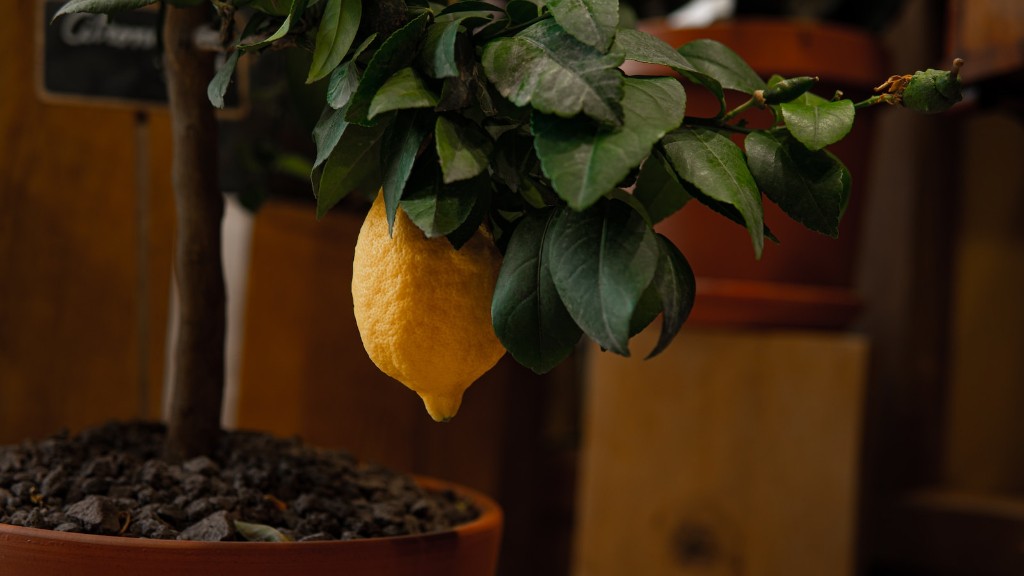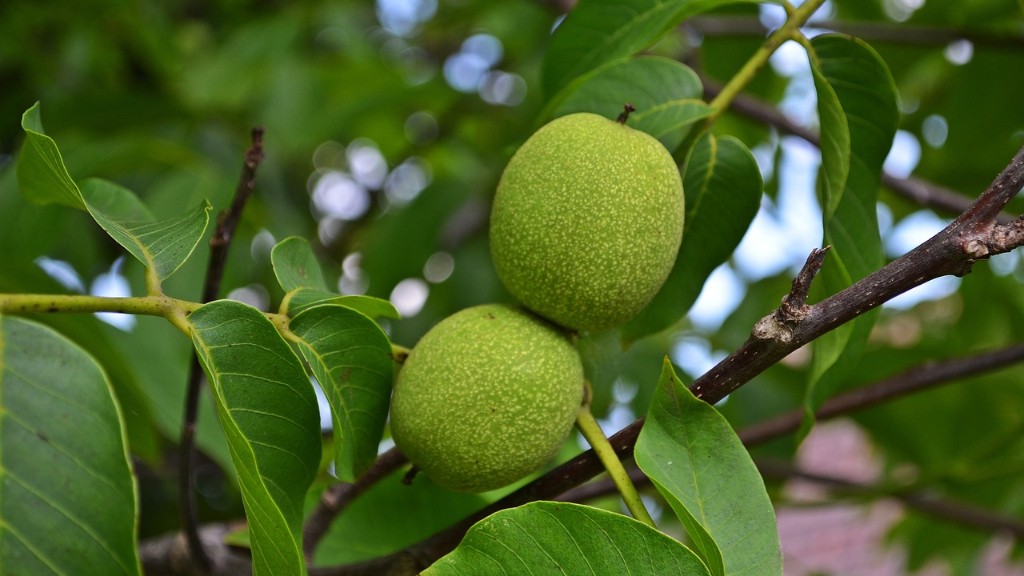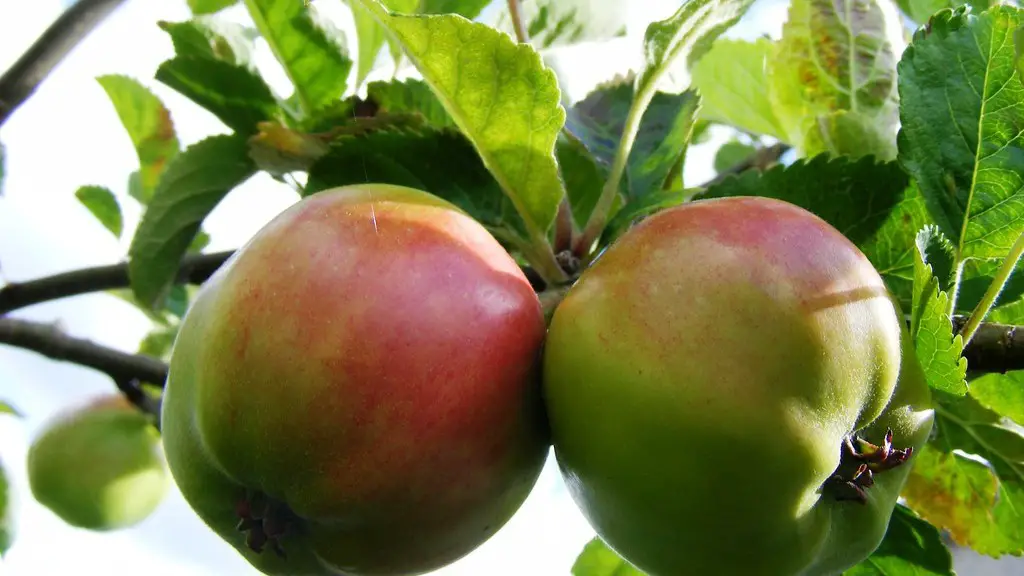Meyer lemon trees can be a rewarding addition to any garden. A popular variety in the United States, the Meyer lemon tree, is relatively easy to cultivate and provides a steady supply of sweet, juicy, and sour lemons. Knowing when to plant a Meyer lemon tree is essential to the success of any gardening endeavor and there are a few simple tips that should be followed when undertaking this task.
First, it is important to select the right time of year. The best time to plant a Meyer lemon tree is during the fall, late winter, or early spring. This timing allows the tree to benefit from the seasonal fluctuations of the weather and helps promote rapid establishment in the garden.
Second, the soil conditions should be taken into account. Meyer lemon trees thrive in loamy soils with a pH balance between 6.0 and 6.5. They also need a soil with good drainage so that their roots don’t become flooded when the soil is watered. Before planting the tree, it is important to have the soil tested and correct any quality issues that are present.
Third, the tree should be planted in a sunny location. Meyer lemon trees need full sun for 6-8 hours every day and should not be planted in a location that receives only partial sun. Additionally, these trees should be planted at least 10 feet away from other trees and plants, to ensure that their root systems can develop and spread out properly.
Fourth, the tree should be planted at the correct depth. Meyer lemons should be planted so that the soil level is at least 1 inch above the root crown. If the crown is planted too deep, the tree may become waterlogged and its health could suffer. Once the tree has been planted, it should be watered thoroughly to ensure that its roots are receiving enough moisture.
Fifth, it is important to prune the tree correctly. Meyer lemon trees should be pruned to maintain a desirable shape and encourage fruiting. Pruning should be done in the summer, after the tree has produced fruit. Pruning should be done carefully, removing only the unhealthy or dead branches and avoiding pruning too deeply into the tree.
Once planted, a Meyer lemon tree requires some basic care and maintenance. Fertilizer should be applied every few months to ensure that the tree reaches its full fruiting potential. Regular watering is also important, as the tree can suffer if not given enough water. Finally, regular maintenance should be done to keep the tree healthy, such as removing weeds and insects, mulching the soil, and pruning the tree.
Mulching
Mulching is an important element of meyer lemon tree care. The soil surrounding the tree should be mulched to help insulate and protect the roots from temperature extremes. Mulching is also beneficial in preventing weeds and competition for moisture and nutrients by helping to create a more hospitable environment for the tree’s roots.
Mulching should be done year-round, but particularly in the hot months of summer. Mulch should be applied in a 2-4 inch layer at the base of the tree and should be composed of organic materials such as grass clippings, leaves, or hay. Additionally, it is important that the mulch is kept away from the base of the trunk, as it can foster rot and decay of the bark.
Mulching is not only beneficial for the tree, but can also contribute to a more aesthetically pleasing garden. Mulch can be used to create an attractive border around the tree or can be used to create a manicured and structured look to the garden.
Overall, mulching is an effective technique to help ensure that your Meyer lemon tree is happy and healthy. When done correctly, it can improve the health of the soil, protect the tree from temperature extremes, reduce competition for moisture and nutrients, and make the garden more attractive.
Pruning
Pruning your meyer lemon tree is another important step in ensure a happy and healthy tree. Pruning aids in the development of good tree structure, encourages healthy fruit production, and eliminates weak or diseased parts of the tree. In general, pruning should be done after the tree has produced fruit, typically during the summer.
When pruning your Meyer lemon, it is important to have the correct tools available. Sharp, clean pruners, loppers, and saws are essential, as they will help to make the pruning precise and effective, while reducing chances of infection. Additionally, gloves should be worn while pruning the tree, as thorns are often present and can cause injury.
When pruning, it is important to remember that more is not necessarily better. Light and precise pruning is essential, so that the tree’s shape and structure is maintained. Only diseased and weak parts of the tree should be pruned, and care should be taken to ensure that no more than 1/3 of the tree is removed at any one time. This helps ensure that the tree is not damaged from over-pruning or left with an unattractive shape.
In addition to pruning healthy branches and removing diseased parts of the tree, pruning can also be used to increase air flow and reduce the chance of fungal diseases, such as citrus canker. It is important to thin healthy parts of the tree, but thinning should be done carefully and no more than 1/3 of the branch should be removed. Additionally, branches that are crossed over each other or rub together should be pruned to ensure that a sunny and airy environment is maintained.
Overall, proper pruning of your meyer lemon tree can help to ensure that the tree is healthy and vigorous and can produce a plentiful crop of lemons. When done correctly, pruning helps to maintain an attractive shape and structure and aids in disease prevention.
Watering
Regular watering is essential for the health of any meyer lemon tree. During periods of hot and dry weather, the tree will need to be watered every 5 – 7 days. The amount of water that the tree needs depends on the size of the tree, and larger trees may need to be watered more frequently. It is important to keep the soil moist, but not soggy, as overly wet soil can cause the root system to rot.
In the winter, watering should be reduced and the tree should be watered only when the top layer of soil begins to dry out. If the tree is planted in a container, then it is important to be especially mindful of its water needs as the container can dry out quickly. Additionally, if the temperature drops below 35 degrees Fahrenheit, then the tree should not be watered, as the cold temperatures can freeze the water and cause damage to the tree.
If the tree is planted in a garden, then it is beneficial to use some sort of mulch to help retain moisture in the soil and to protect it from temperature changes. Mulch also helps to insulate and protect the tree’s roots from freezing temperatures.
Overall, regular watering is essential for the health of a meyer lemon tree. The tree should be watered regularly, but not too much, and should be monitored to make sure that the right amount of moisture is being provided.
Fertilizing
Fertilizing is an important element of providing proper care for a meyer lemon tree. Fertilizer should be applied every few months, typically twice a year, in the late spring and early fall. Using a good citrus fertilizer, such as a 10-10-10 or higher ratio, is recommended to make sure that the tree is getting enough essential nutrients.
When applying fertilizer, it is important to make sure that the plant’s root system is wet prior to fertilizing, as dry roots will not absorb the fertilizer properly. Additionally, it is beneficial to apply a slow-release fertilizer, as it will help to ensure that the tree receives an adequate supply of nutrients for a longer period of time.
When applying fertilizer, care should be taken to follow the directions on the label, as too much fertilizer can burn the tree’s roots. Additionally, fertilizer should not be applied too close to the trunk, as this can cause the fertilizer to burn the bark. The fertilizer should be applied around the base of the tree, preferably in a circle about 2 – 3 feet from the trunk.
Overall, proper fertilizing is essential to ensure that meyer lemon trees are healthy and happy. Fertilizer should be applied twice a year and care should be taken to make sure that it is applied properly and in the right amount.
Pest Control
Meyer lemon trees are vulnerable to a wide range of pests, including citrus leafminer, aphids, and mealybugs. It is important to keep an eye out for signs of infestation and take the necessary steps to eliminate any pests that are present.
There are a few natural methods that can be used to control pests. One option is to use horticultural oils, which are made from mineral or vegetable oils and help suffocate the pests. Additionally, insecticidal soaps or neem oils can be used to control pests, as these also provide a form of suffocation for the insects.
Organic pesticides can also be effective in controlling pests. Bt, or bacillus thuringiensis, is a natural pesticide that targets the larvae of certain insects. Pyrethrin is another effective organic pesticide, as it affects the nervous system of the pests, resulting in death.
It is important that these products are applied correctly and are compatible with the particular pests that are present, as misapplication or using the wrong product could result in further damage to the tree. Additionally, these products should be applied in the early morning or in the evening, when the sun is not at its peak, to help avoid any further damage to the tree.
Overall, pest control is essential for a healthy meyer lemon tree. Natural methods, such as horticultural oils, insecticidal soaps, and organic pesticides should be used, when possible, to keep pests under control. It is also important to apply them correctly and to use products that are compatible with the pests that are present.




